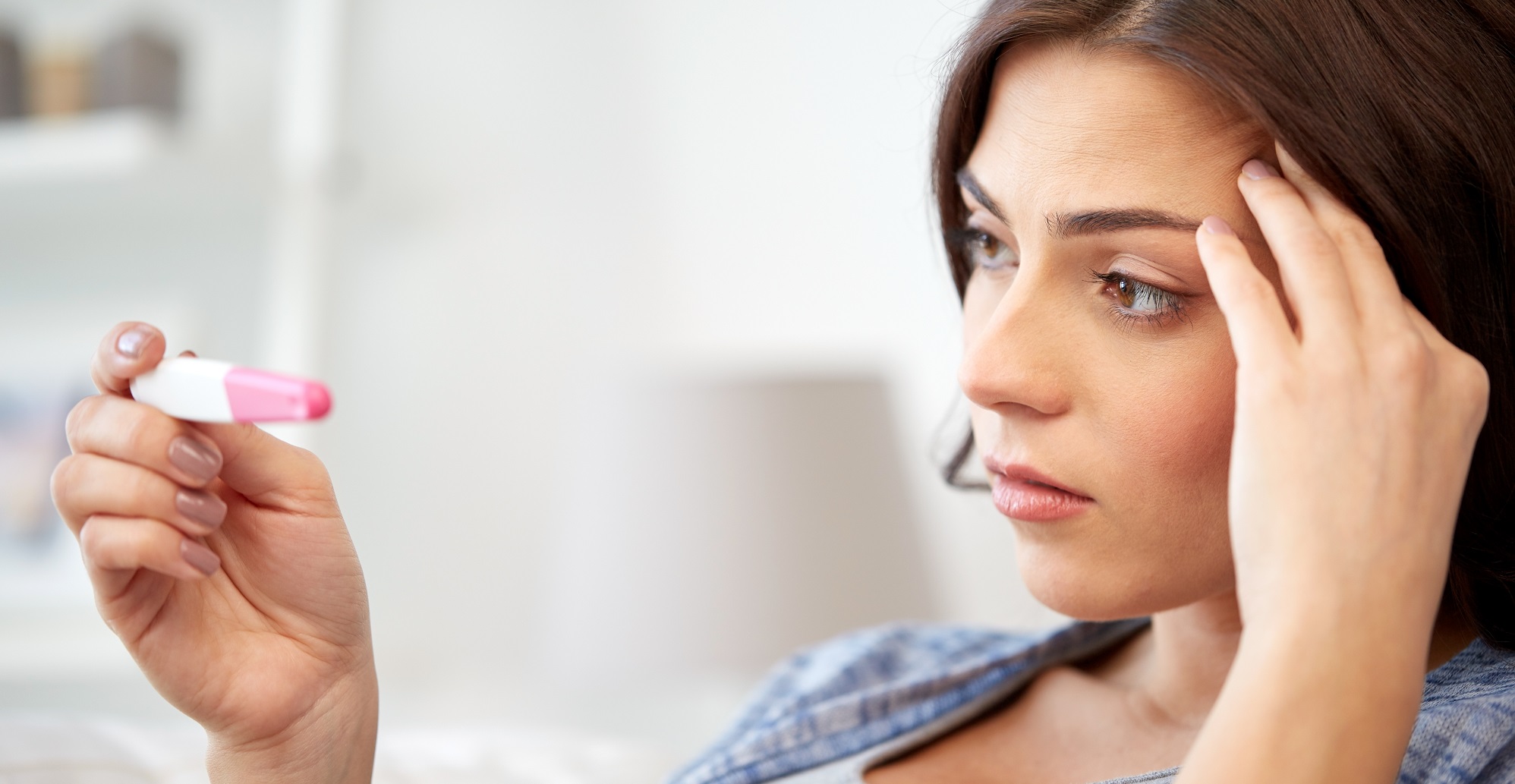
It was recently reported that a woman, Mdm. Zhang, in China nearly lost her life when her foetus kicked through her womb. She was immediately wheeled in for surgery. Fortunately, both mother and baby survived the ordeal.
Are foetal kicks dangerous?
No. Foetus kicking is normal and not dangerous. Ladies who have been pregnant, or those who personally knew someone who is/was pregnant would know foetus can be quite active and kicks around within the womb all the time. You can even feel the kicks when you put your hand on a pregnant lady’s tummy. Then why doesn’t the womb burst when the foetus kicks?
A woman’s womb is usually very strong. So strong it can even take the force of delivering a baby of about 120 newtons without breaking. The reason the womb broke in this case was that Mdm. Zhang had a surgery to remove uterine fibroids about six months before getting pregnant. This greatly increased the risk of a uterine rupture (womb breaking open) during pregnancy.
Weakened uterus
When a woman undergoes surgery which involves cutting open the uterus (womb) such as a caesarean section or removal of uterine fibroids, the uterus needs time to heal.
Studies have shown that the shorter the time between getting pregnant and the previous caesarean delivery, the higher the risk of uterine rupture. This risk is reduced at 12-months to a rate comparable to that at 24-months. Therefore, it is recommended that a woman should wait for at least 12-months before getting pregnant again. However, there are more studies that suggest that a longer period of more than 18-months after caesarean section is safer.
The real risk of uterine rupture
Pregnancy puts a lot of stress on the uterus. The uterus, which usually is the size of an adult closed fist, is stretched to accommodate a baby, in some cases, two babies or more. If this is coupled with a uterus that has not completely recovered it makes things worse.
Image: Risk of uterine rupture
With that said, this unfortunate case of a uterine rupture occurring due to a fetal kick is still very rare. Uterine rupture most commonly occurs during labor in an unhealed uterus, where it is contracting, thus producing a large force. Being less sensational, these cases have received less media coverage, but not unheard of.
Is it worth the risk?
Considering the evidence, a more conservative 18-months wait is recommended for women with prior uterine surgery, especially in those who are contemplating a vaginal birth for the next baby.
For those who would like to get pregnant as soon as possible, a minimum of 12-months wait is recommended although a planned caesarean section should be considered in order to avoid the risk of uterine rupture during labour.
In a nutshell, it is best not to get pregnant within 12-months of a uterine surgery, and if that happens or whenever in doubt, be sure to always consult an obstetrician.
Download our Doc2Us app from Google Play Store or Apple Store and chat with a doctor now.
References:
-
Shipp T. Interdelivery interval and risk of symptomatic uterine rupture. Obstetrics & Gynecology. 2001;97(2):175-177.
-
Bujold E, Gauthier R. Risk of Uterine Rupture Associated With an Interdelivery Interval Between 18 and 24 Months. Obstetrics & Gynecology. 2010;115(5):1003-1006.
-
Ashton-Miller J, DeLancey J. On the Biomechanics of Vaginal Birth and Common Sequelae. Annual Review of Biomedical Engineering. 2009;11(1):163-176.
-
Birth interval after caesarean (query bank) [Internet]. Royal College of Obstetricians & Gynaecologists. 2017 [cited 17 October 2017]. Available from: https://www.rcog.org.uk/en/guidelines-research-services/guidelines/birth-interval-after-caesarean-query-bank/
-
Birth After Previous Caesarean Birth [Internet]. Royal College of Obstetricians and Gynaecologists. 2017 [cited 17 October 2017]. Available from: https://dosinghealth.com/wp-content/uploads/2017/10/gtg_45.pdf
Image credit:
1. https://images.ctfassets.net/wy4h2xf1swlt/asset_55225/d648119c7f3ae480133af27cb007fce9/Why-you-might-need-a-caesarean-section.jpg
2. https://ssl.c.photoshelter.com/img-get/I0000LMLzLV0dHyQ/s/600/600/85770DS.jpg
3. https://encrypted-tbn0.gstatic.com/images?q=tbn:ANd9GcT_kl9ErcIH22md4780fywUQ1HeZDvrgeFU1SWrEMAFwo52oEZV0g&s
In collaboration with Dosing health.








